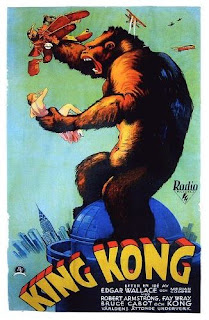Disney 12 Basic Principles of Animation
One- Squash and Stretch
This gives the illusion of the weight and volume of the character in motion. This is achieved by expanding and compressing the characters body.
Two- Anticipation
This makes the audience aware that a major action is about to happen. It is often due to one or two small actions that take place beforehand.
Three- Staging
Any action and pose should present clear intension. You should be able take the silhouettes of any of your characters poses and have an understanding of their action they are about to take or their feelings. The staging is also effected by the movement and placement of the camera, as it draws the eye to certain sections of the scene where the action is taking place.
Four- Straight Ahead and Pose to Pose
The pose to pose refers to drawing the key poses of your character first and then going back to fill in the transitions. This is ideal for dramatic/emotional scenes and makes them more accurate. On the other hand the straight ahead is the process where the animator works on one frame after another and not using the key poses as a guide. This is ideal to make the movements of the characters smooth and fluid.
Five- Follow Through and Overlapping Action
When a character is in motion, the whole body does not stop at the same time. For example when a character is running by the time they have stopped their clothing may still be in motion (also depends on the surrounding environmental, weight and size factors).
Six- Slow-In and Slow-Out
This is another principle with the purpose of adding realism to the scene. This is where the animator will have less frames in the middle of an action to make the movement faster compared to the beginning and the end.
Seven- Arc
This presents that most actions have a circular effect, for example when a body part moves it is never straight in and out there is a small curve to it. (For example turning your head in different directions)
Eight- Secondary Action
This additional action can make the initial action more realistic. Alongside, affecting how the character is portrayed. (Some examples include being evil, brave, strong and scared)
Nine- Timing
This helps in creating an illusion by expanding the law of physics, for example presenting that a character can run really fast by slightly blurring and speeding up the leg movements.
Ten- Exaggeration
This is overdoing certain movements to help in bringing a point across but also doesn't negatively effect the overall scene. For example, a common way of showing the characters disbelief and shock is exaggerating the jaw drop. This is also a way to bring across a comic factor as well.
Eleven- Solid Drawings
This is a way to present that the 2D characters still have a 3D aspects an example being their weight.
Twelve- Appeal
This is not a principle aimed at the characters but for the scenes. As they have to be interesting and eye catching to the audience to make the final animation successful.





Comments
Post a Comment